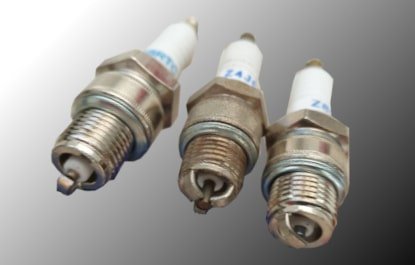

This is beneficial in several ways:Ī lower voltage is required, this reduces load on a vehicle's ignition system (less strain = less chance of failure)Ī larger gap can be supported without increasing load on the ignition system (Larger gap = larger spark = more efficient combustion)Ī more precise spark every time, delivered in the correct position and with the correct timing (More efficient combustion)Īssuming a suitable Iridium plug is available, benefits you are most likely to see are: The narrow diameter concentrates the electrical charge and therefore a much lower voltage is required to jump the spark gap. The result is that an Iridium electrode can be manufactured with an extremely small diameter, when compared to a traditional copper or even a platinum tipped electrode, without compromising the useful life of the electrode or spark plug. An Iridium alloy electrode is able to deliver good conductivity and extreme hardness. Pure Iridium is difficult to work with, very brittle and does not have great electrical conductivity hence alloys are used to give the best combination of these properties. Since late in the 20th century Iridium has been used in alloy form as material of choice for construction of Spark plug and industrial igniter electrodes. Other than it's hardness, the main property which makes Iridium attractive as an electrode material for spark plugs is its extremely high melting point (almost 2,500 deg C). Iridium is an extremely hard metallic element, related to platinum, which is thought to occur on earth primarily due to an enormous meteor impact millions of years ago.


 0 kommentar(er)
0 kommentar(er)
